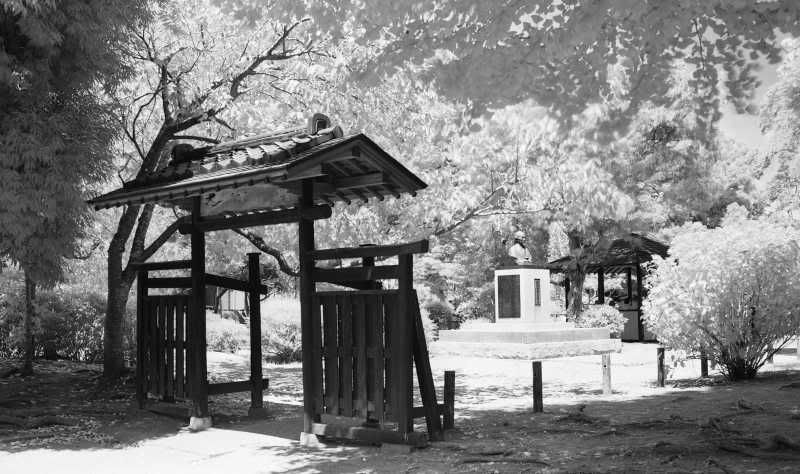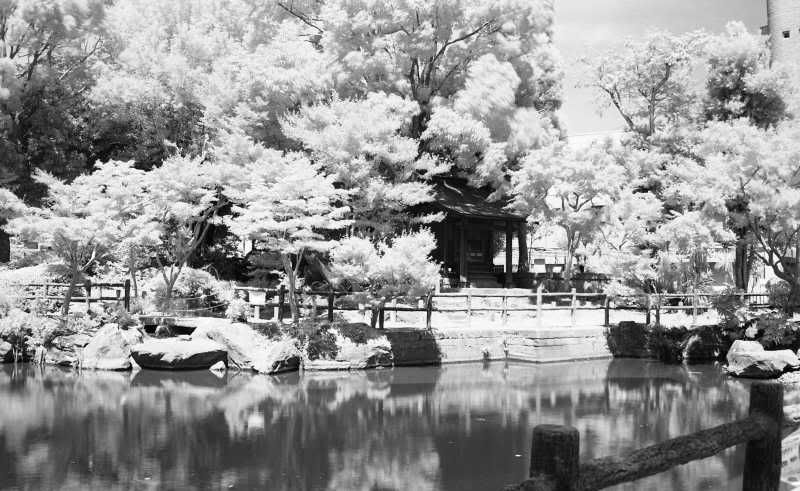gdi
Veteran
I finally got setup to try to take a more systematic/scientific approach to my film exposure and developing by obtaining a convenient way to measure negative density. (Thanks to Chris Crawford's advice I hunted up a Gossen Ultra Pro meter and fiber optic probe that can measure density directly.)
I have a lot of Rollei IR 400 film and decided to use it as a normal film as well as IR so I have been working with that. The problem is that when I take my first set of test exposures to zero in on the proper film speed for my process I get nothing but blank frames. I tryed starting with teh box speed of 400 and then 200 and in both cases got zip. For 400 I end up with a metered speed @ F4 of 1/30 - then shot 4 frames between F11 and F16. When I shot the next set of exposure to tune developing, I do get usable frames for those between F4 and F2.8.
In this situation, my instinct is to just drop the ISO down to something very low like 50 or 25 and see what happens? Though it seems a bit drastic for a 400 box speed film, maybe this is a problem with the IR film? Should I try my first EI testing on a more traditional film?
Any advice is appreciated!!
I have a lot of Rollei IR 400 film and decided to use it as a normal film as well as IR so I have been working with that. The problem is that when I take my first set of test exposures to zero in on the proper film speed for my process I get nothing but blank frames. I tryed starting with teh box speed of 400 and then 200 and in both cases got zip. For 400 I end up with a metered speed @ F4 of 1/30 - then shot 4 frames between F11 and F16. When I shot the next set of exposure to tune developing, I do get usable frames for those between F4 and F2.8.
In this situation, my instinct is to just drop the ISO down to something very low like 50 or 25 and see what happens? Though it seems a bit drastic for a 400 box speed film, maybe this is a problem with the IR film? Should I try my first EI testing on a more traditional film?
Any advice is appreciated!!




